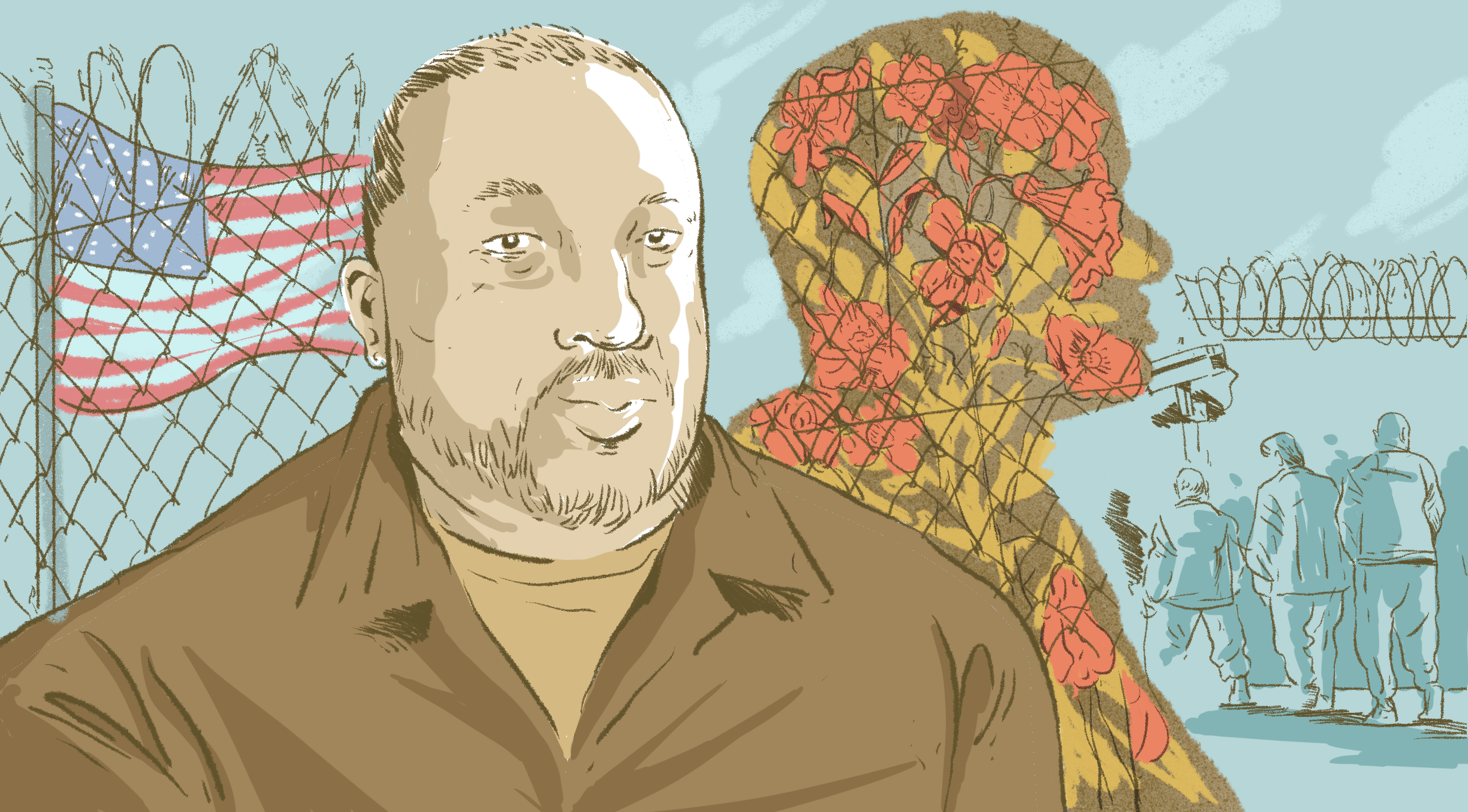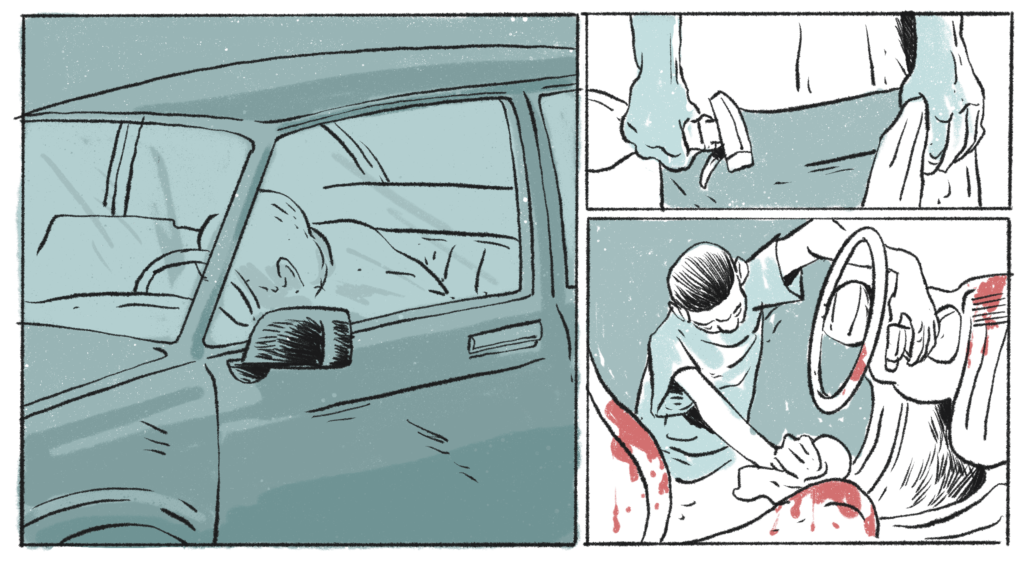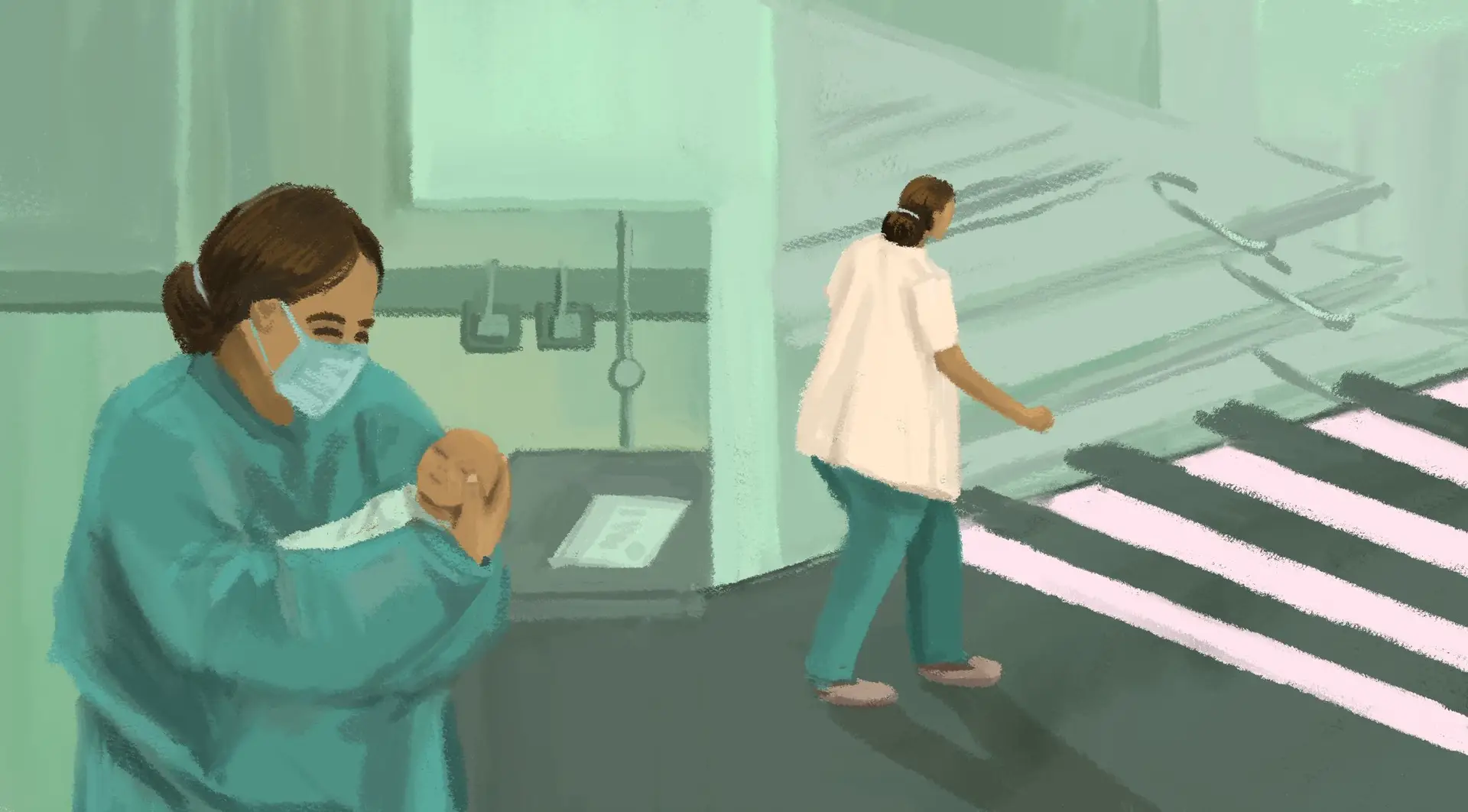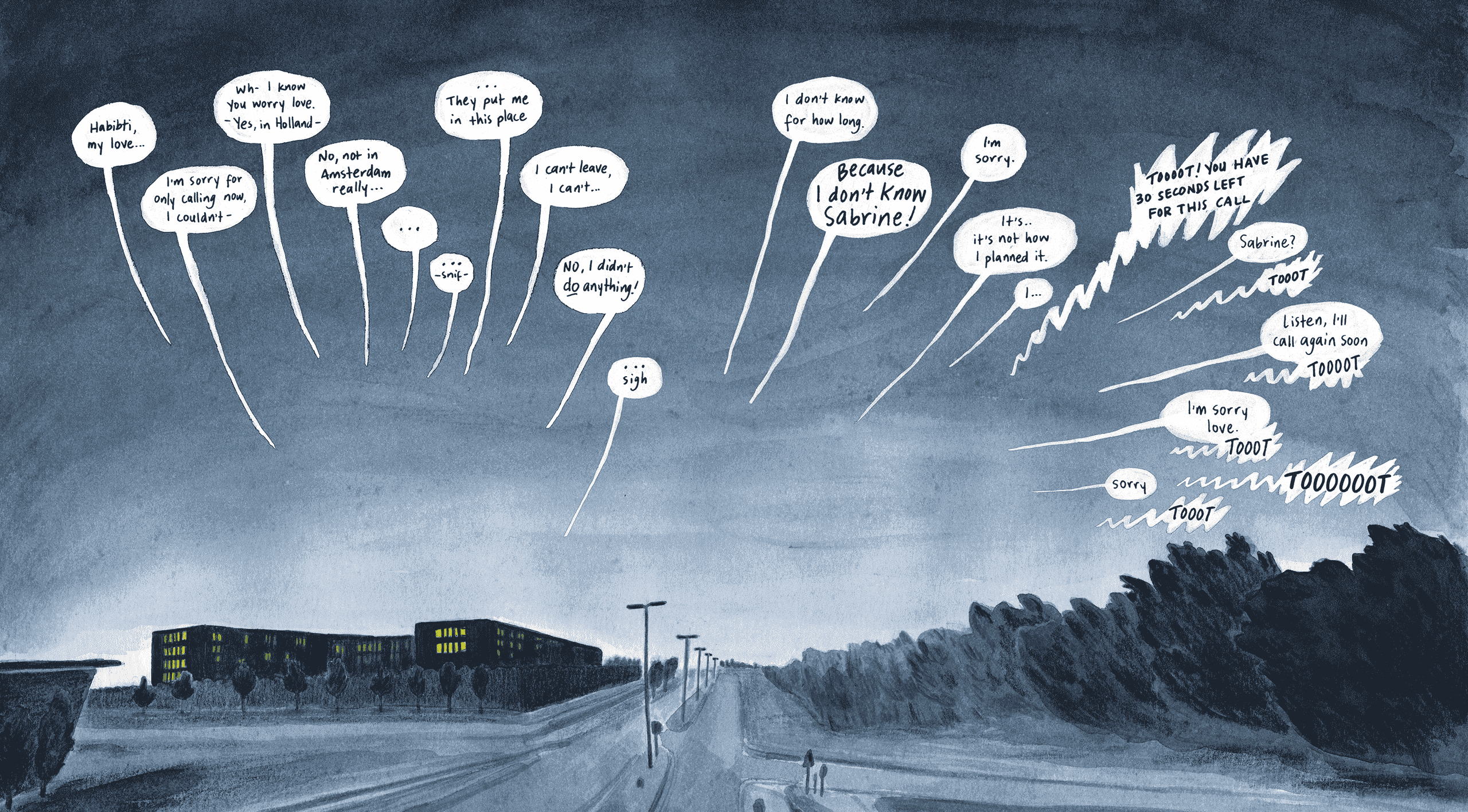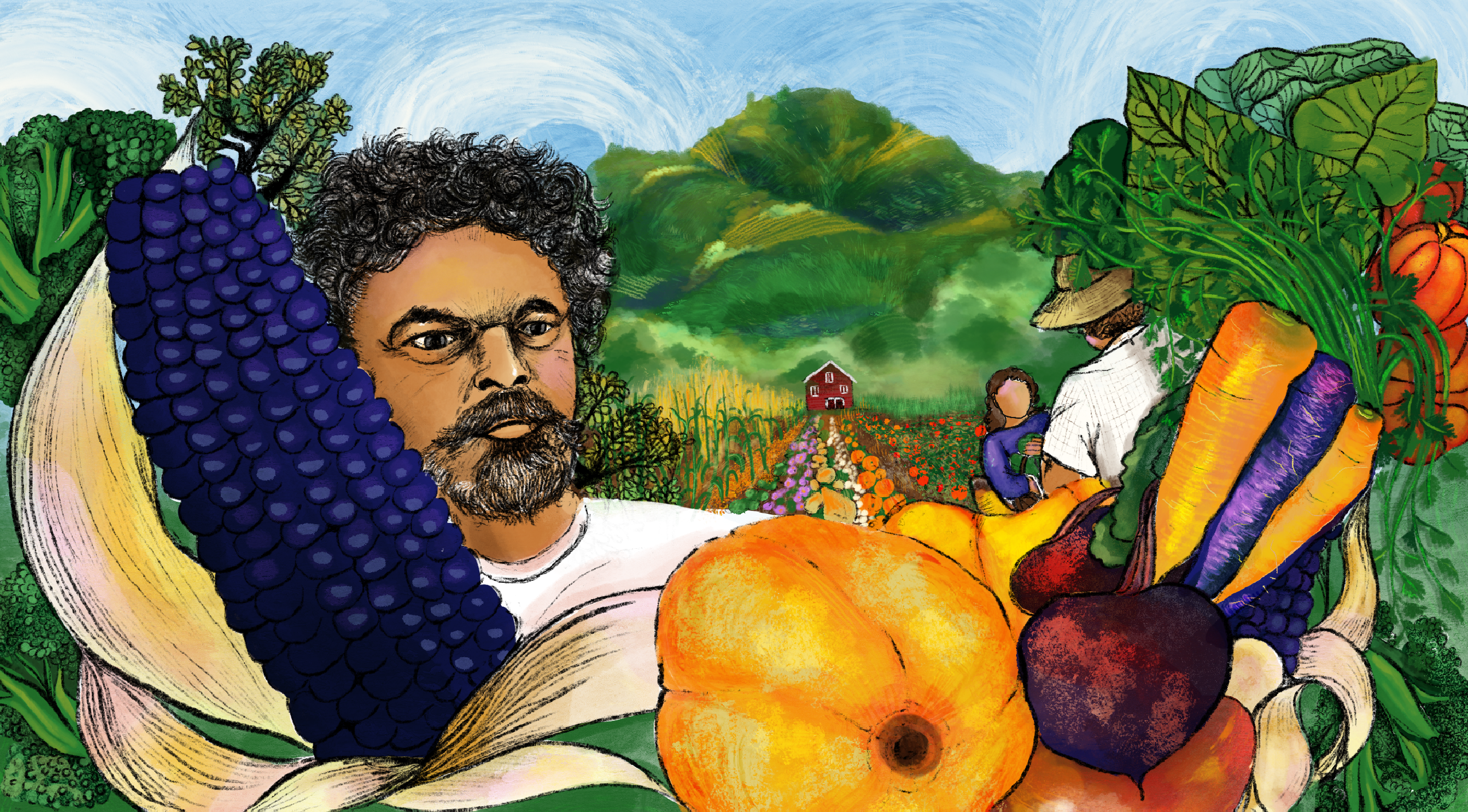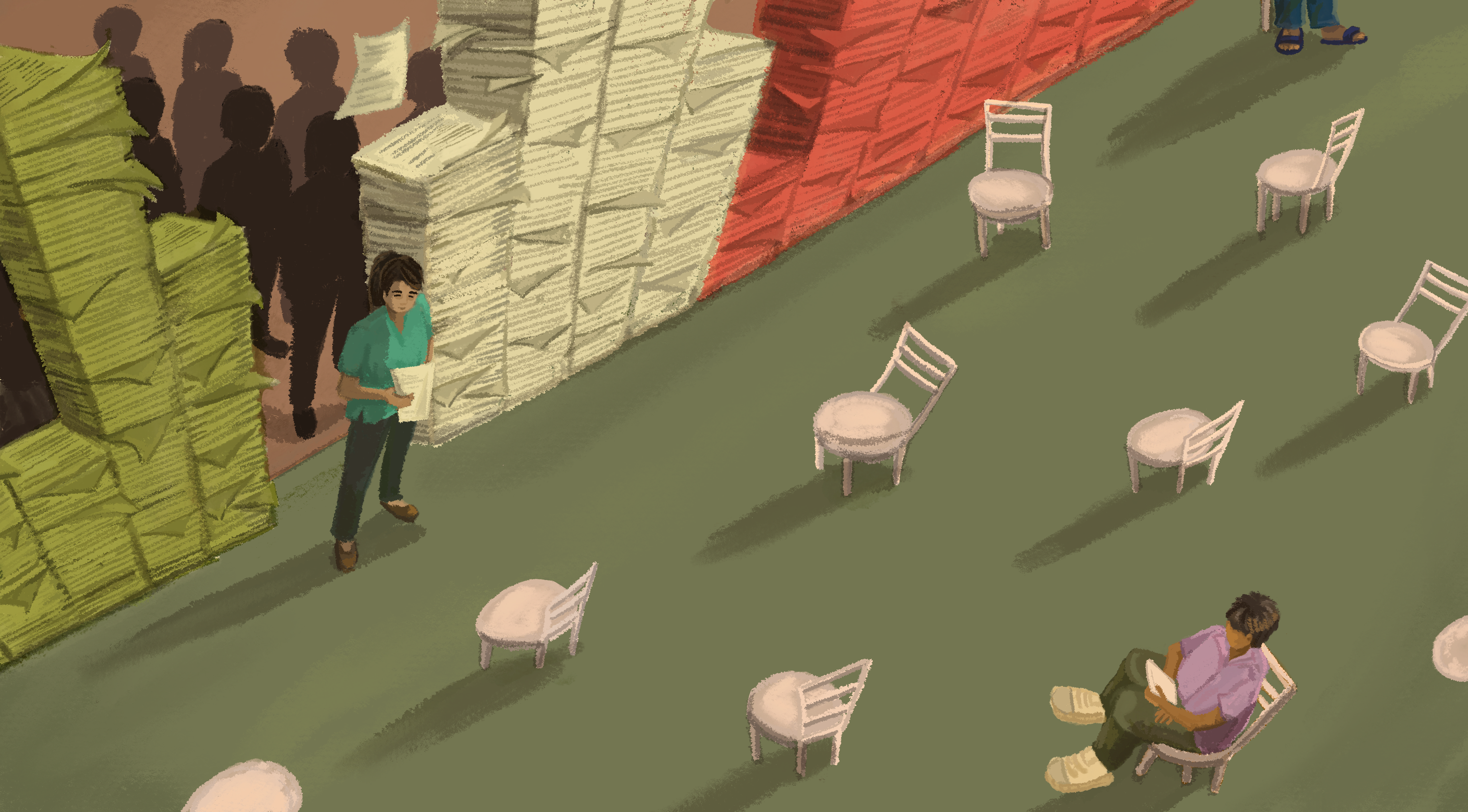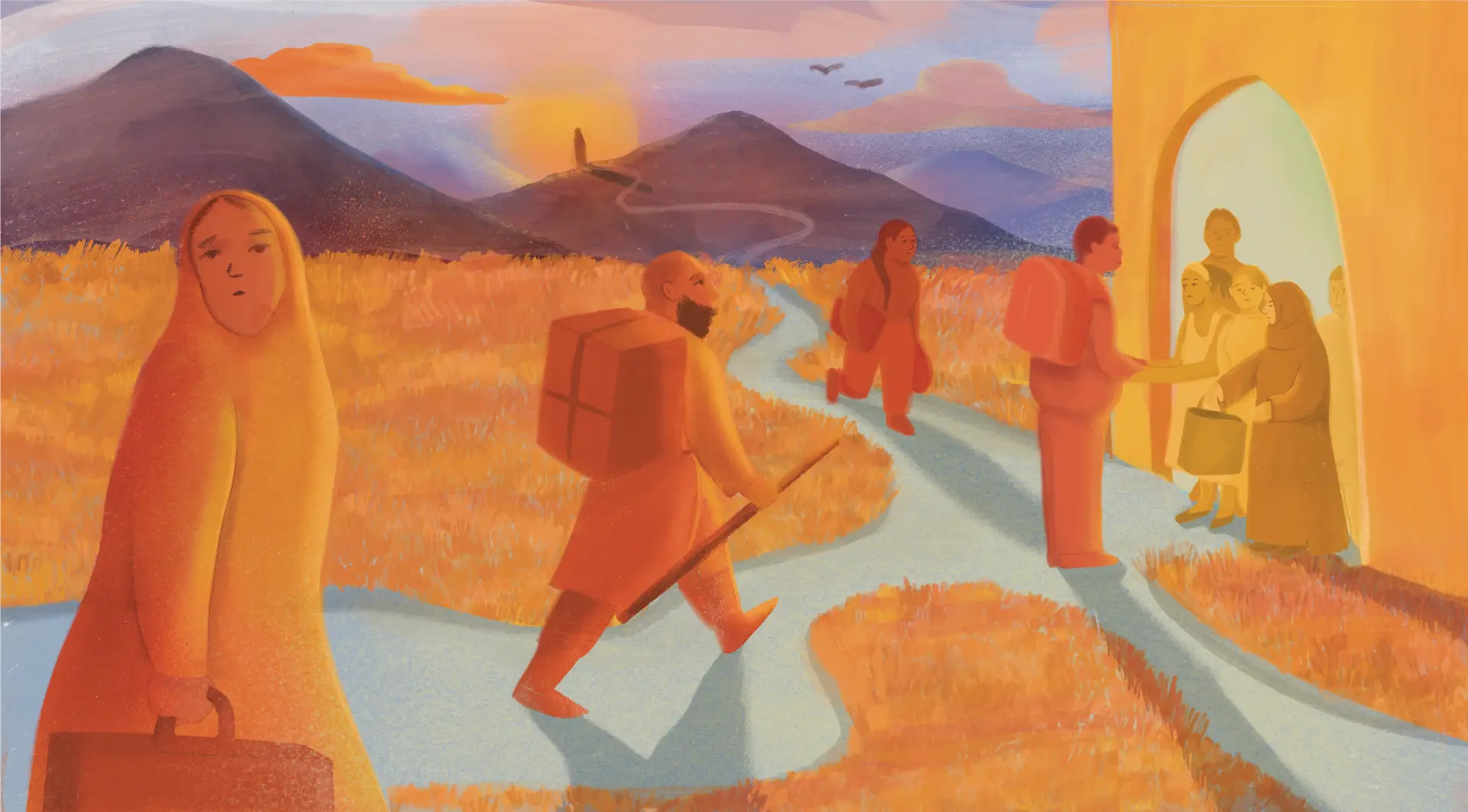
Faith and finances: The religious communities providing a lifeline for immigrants
Finding a foothold in Europe can be an immense logistical, economic, social and emotional challenge, but some immigrants are finding a sense of home in communities bound by belief.

